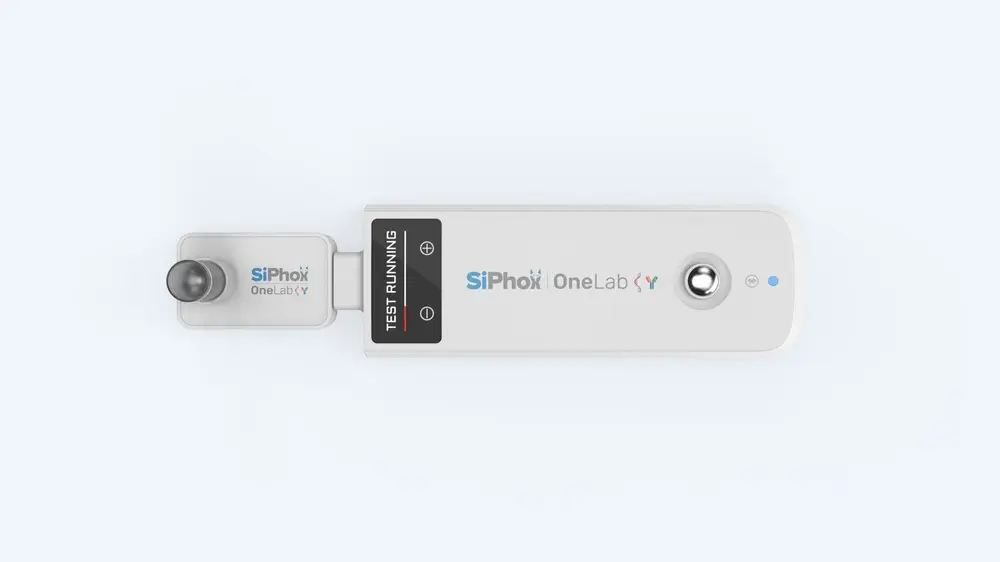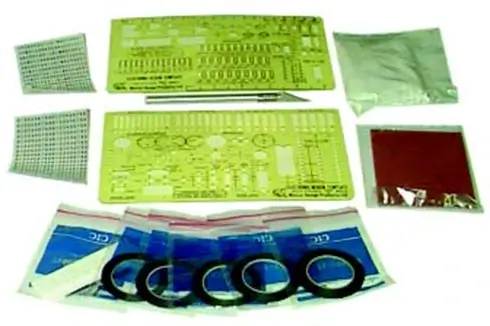Last updated: February 16, 2024
7 mins read

The first serious pandemic experienced by humanity in modern times has placed disproportionate demands on some parts of the tech stack supporting civilization. Almost Malthusian limits to scaling globalization and the modern connected society seem to be manifesting themselves. Fortunately, some of our technology has proved resilient in the face of the crisis. Effective vaccines were developed almost immediately, then tested and approved in record time. Zoom and other online services scaled massively with the support of computing and communications hardware in data centers to keep the world functioning. The bad news is that we’ve also had some disastrous failures.
Hard Problems
Testing for coronavirus infections has not met even 0.1% of global demand. Although researchers (e.g. Michael Mina at Harvard) [1] have shown that testing needs to be done quickly, frequently, and at a massive scale to be effective, Americans (saying nothing about the third world) are still waiting for hours in long lines to get tests, the results of which come back days later.
One possible explanation for this failure to scale testing would be that it’s “a hard problem.” Certainly, that’s not untrue. However, connecting hundreds of millions of people all over the world simultaneously via real-time video and audio is also a “hard problem.” Just 50 years ago most people would call it science fiction (though Bell [2] made some impressive early efforts). Despite being a “hard problem,” video chat is an information problem, not a matter or energy problem, and humans have gotten very good at solving information problems.
If gas mileage improved at the same speed as hard disk storage space, a typical car would be able to drive 4 million miles on a gallon of fuel and accelerate 0–60 in 0.003 seconds [3].
Information problems are unique in that they benefit from small size and low power. A 10 nanometer ) transistor (1 * 10^–9 meters = 1 nm provides the same computation as a 100 nm transistor but at a lower cost and using less power. Besides the difficulty of manufacturing a 10nm feature, there is no tradeoff. Smaller is better.
In matter and energy problems, smaller does not equal better. The tradeoff becomes immediately clear when you consider the simple case of miniaturizing a space heater or a car. The pits on a Blu-ray disk are much smaller than those on a CD-ROM, but each pit holds the same data, and therefore each pit on the Blu-ray disk provides the same utility with essentially no tradeoff (besides the need for a smaller wavelength blue laser readout). A tiny version of a space heater or a tiny car would have to use alternative physics to deliver the same utility as their normal-sized counterparts.
So the question to ask is not whether diagnostic testing is a “hard problem,” but whether it’s a matter and energy problem or an information problem. The fact is that diagnostic testing is an information problem that obeys the same law as computing: smaller and less power is better. The result of a diagnostic assay is a number, in the case of a complex quantitative test, or a boolean (true or false), in the case of a simpler test. The smaller, cheaper, and more efficient the device that gives this number or boolean, the better. There is no tradeoff.
A zoom call in every screen

Left: Herbert Hoover Campaign Pin [4]
When COVID struck, America was able to provide its citizens with “a zoom call in every screen,” with near flawless performance and low cost. This was possible because innovation, performance, form factor, cost, and scalability have been driving the sale of products like data-center transceivers (which shuttle the massive amounts of real-time data needed for video calls) long before Covid. The entire trillion-dollar chip industry is geared toward providing more for less year after year.
The medical diagnostics industry, despite best efforts on the part of all the major players, has not been able to meet even 0.1% of the potential demand for COVID testing in 2020, even after the approval process was pared down to a bare-bones Emergency Use Authorization. The reality is that this is mainly due to the lack of fast-paced innovation and general lack of focus on cost, form factor, and scalability in the diagnostics industry over the last several decades.
Forging Ahead
The need for innovation in testing is no longer a matter of debate, and thousands of people are working on bringing next-generation diagnostics to market. The FDA has recently approved several at-home tests for COVID (e.g. Elume) [5] and more are in the works, including one being developed by SiPhox.
At SiPhox we develop optical chips, which are semiconductor chips that process light (photons) instead of electrical signals (electrons) for biotech applications. In March we came to the inevitable conclusion that the most valuable thing we could do as a startup was to tackle COVID testing. Building anything else during COVID would be the equivalent of building luxury cars instead of Jeeps and tanks during WWII, as Diedrik likes to say.
Knowing that diagnostics, at its core, is an information problem that can benefit from all the same improvements in cost, size, and scalability that chips have brought to other data acquisition, transduction, and transmission problems, we ran the numbers and calculated that tests using conventional silicon micro-ring biosensors could be produced at very low cost, in the billions per month using just a small fraction of US chip-fab capacity [6]. What’s more, these chips would use much smaller quantities of precious reagents (such as antibodies) than a typical paper strip test, while analyzing up to 100 biomarkers in parallel.
The semiconductor industry will do for basic wet lab diagnostics (such as COVID testing) what it did for photography — make something complex, large and, expensive, cheap, small, and ubiquitous. In the limit, this will fundamentally change the way humanity approaches pandemic response and health monitoring in general.
Building our COVID test
At the beginning of the pandemic, we quickly taped-out [7] a COVID sensor chip, moved into a Bio Safety Level 2+ lab space near MIT called Nest Bio, opened several university collaborations, and started building a team around our mission. In parallel to completing Y Combinator, we generated impressive data both for directly detecting the COVID nucleocapsid protein, and for reading out CRISPR-based molecular (RNA/DNA) tests. Subsequently, we raised a $5.8M seed round led by Khosla Ventures, and are hard at work getting the OneLab at-home Covid test ready for Emergency Use Authorization approval by the FDA.

Tape-out set for making old-school tape masks [8]. This is how chips were made in the 70’s and chip designers still use the term ‘tape-out.’
2020 was a tough year, but it’s important not to lose sight of the opportunity to make progress in a crisis. We’re immensely excited about the excellent progress being made in response to COVID on many fronts, and we hope to contribute our developments to making pandemics like this a thing of the past, and changing how biomarker data is collected and used (more on this in a future post).
Are you an A+ engineer or scientist with systems, electro-optics, photonics, synthetic biology, microfluidics, or assay development experience? See SiPhox Health Careers for open positions.
Thanks to Roman Gelperin.
References


